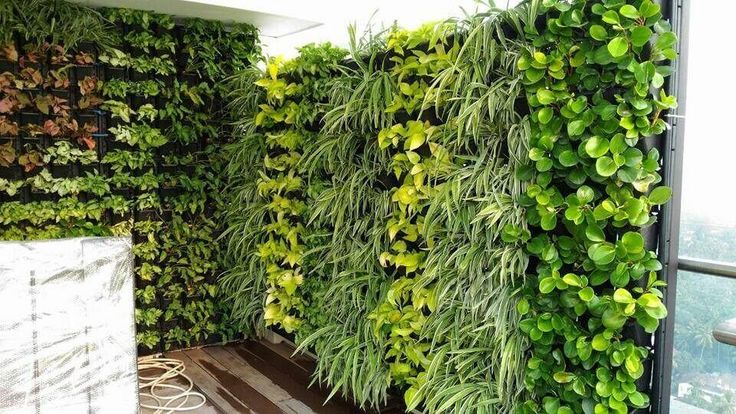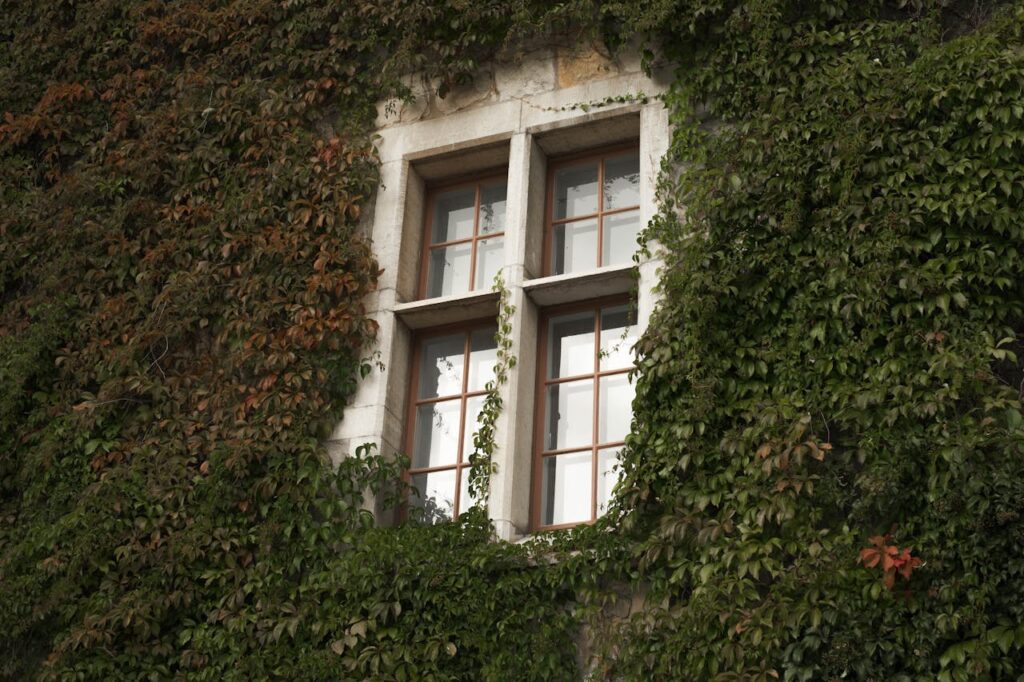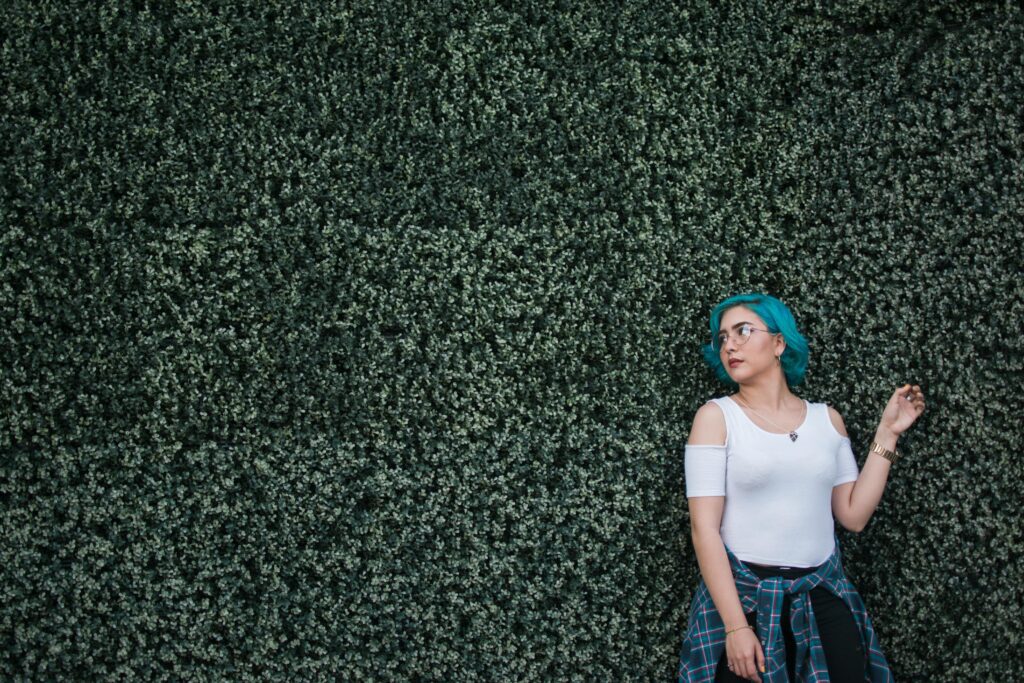Vertical Gardens The Green Cities of Tomorrow
The Vertical Garden, or the more commonly named green wall, living wall, and bio-wall, functions as the most innovative and sustainable solution for plant cultivation in urban areas of high space limitations. They are an aesthetic way to introduce greens into buildings by beautifying the view of buildings, improving air quality, and encouraging biodiversity. This article shall discuss the concept of plant wall, their benefits, and different types.
what is vertical garden?
How long do green wall last?
What is needed for a plant wall?
how many names of vertical garden?
what maintenance do i have to plant wall?

What is a Vertical Garden?
A green wall is a method of conducting horticulture on a vertical medium. There are structures designed for this purpose, which can be in the form of trellises, walls, or independent frames. Different from traditional gardens, which develop on a horizontal plane, in bio wall the space is used in a vertical manner, since it is ideal in an urban setting where there is a lack of ground area. They can be put up both in the residential and commercial sectors but also in public places by providing aesthetic and functional functions.
Names of Vertical Gardens
Green Wall: Green Wall is the generic term for any wall-like vertical surface that is covered with greenery. These installations will more often feature climbing plants or plants fixed onto a wall.
Living Wall: This term is sometimes used more simply as a synonym, putting the emphasis on the actual living plants that grow vertically. The organic nature and dynamism of the garden are stressed.
Bio-wall: This name is especially used when the function of the green facade consists of ecological and environmental enrichment, like the improvement of air quality or the attraction of biodiversity.
Plant Wall: This can be described in simple form as a wall covered with plants and, from time to time, is used within interior design and urban landscape settings.
Green Facade: A green facade is the exterior wall of a building designed or retrofitted with a system to grow plants vertically; in most cases, this uses climbing plants.
Each one of these terms can be used interchangeably with the others depending on the context, but they are all referring to the same general principle of the growth of plants in a vertical space.

Benefits of Plant Wall
Efficiency in the use of space: Among the best ways to utilise your limited space for whatever purpose, green wall stand tall. Living wall can allow you to grow plants on walls and other vertical surfaces if the horizontal space is very costly in cities. In this way, small areas of balconies, patios, or even the sides of buildings become plenty green.
Improved Air Quality: Green facade act like natural air purifiers. While plants uptake carbon dioxide and emit oxygen, all of these activities combined tend to have the effect of improving outdoor and indoor air quality. Many green walls also absorb toxins and pollutants, hence becoming even more valuable in cities where good air quality is in jeopardy.
Thermal Insulation: Plant wall are also good temperature regulators. Plants will organically insulate the walls from the outside, thus reducing the heat absorbed by buildings during hot weather and helping to retain warmth during colder months. This may be a good way to reduce energy costs for heating and cooling, thus being very sustainable and something that means a lot to the eco-conscious building owners.
Sound Absorption: Green walls have a very strong sound absorption. This is very important for indoor and outdoor noise reduction, particularly in urban areas that might face noise pollution.
Promotes Biodiversity: Bio wall increase biodiversity within cities. They act as a source of habitation for birds, bees, and other species of insects that are helpful in the environment. Different plant species are incorporated to help with regional ecosystems.
Health and Well-being: There is an increasing number of studies that have shown green-space exposure can improve mental health and well-being.plant wall bring nature closer to people and may help reduce stress and improve mood, which can even boost productivity.
Types of Bio-Wall
Freestanding Green Facade: These are self-supporting systems independent of a wall. They will be perfect for cases where you may not want to attach the plants directly to a building or a home. These freestanding green walls can work in indoor spaces or outdoors by acting like dividers, privacy screens, or accent areas.
Modular Living Walls: A few small pre-grown modules of bio-wall are installed on a wall. Most of these modules are made with lightweight material and could be easily removed and replaced, hence making the adjustment of plants easy without much hassle.
Hydroponic Bio-Wall: Plants in hydroponic green facade are grown without dirt using nutrient-rich water. It should be regarded as a clean and competent technology for space-saving gardening. It finds increasingly greater popularity due to urban agriculture.
Mechanism: The simplest types of green walls are climbing plant facades. These are created by training climbing plants such as ivy or vines to grow along trellises or other forms of vertical supports that are attached to a wall. Installation setup is very minimal, and they will also, very fast, cover the area with greens.
Conclusion
Whether one calls them vertical garden, or bio-walls, there is much to be said in favour of plant wall. Representing sustainability and biodiversity by improving the aesthetic outlook and air quality, they are a great option. New cities face so many challenges, so this is an innovative solution for most of their problems. Be it to create a serene environment in your house or to enhance your business’s eco-friendly credentials, bio-wall come up as a workable and beautiful solution.




